With harvests concluding across Australia’s wine regions, National Liquor News spoke to a range of producers to hear the how the year’s growing season had gone, and their expectations of the wine.
A difficult start to harvest gave way to largely positive conditions (although some regions fared better than others) and prolonged ripening times for fruit. Winemakers from each of the country’s major producing states have hailed the year’s wines as having the potential of a modern classic, drawing comparisons with the highly regarded 2018 vintage.
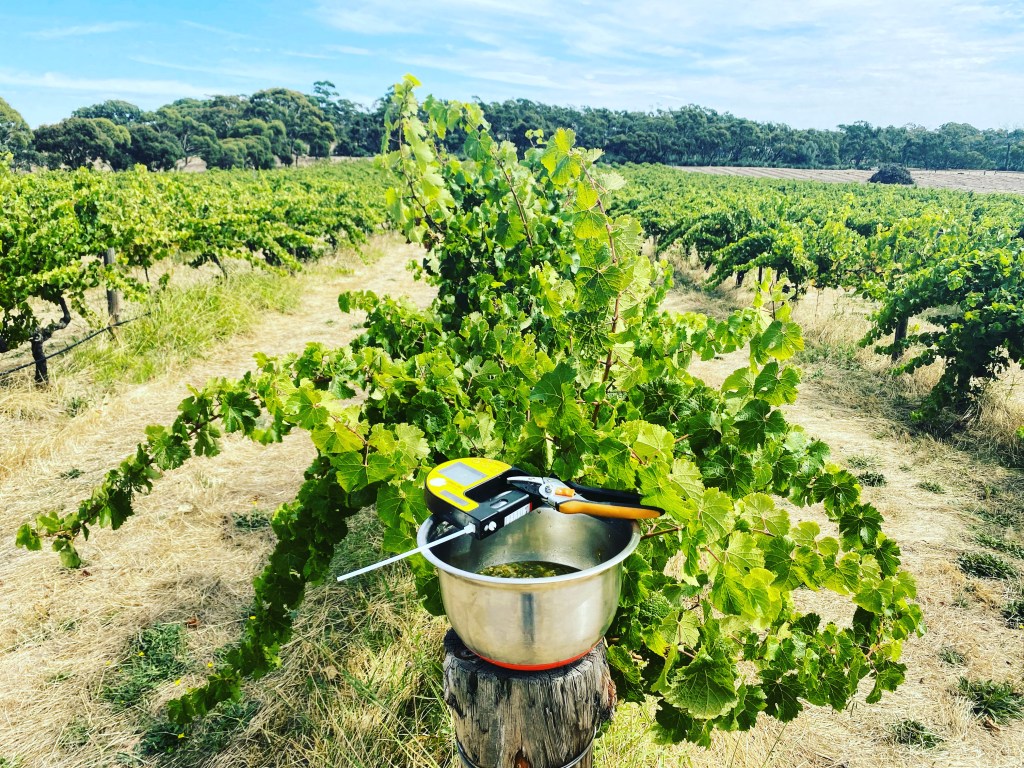
A delayed start, hampered by the threat of disease
Following last year’s La Niña impacted harvest, 2023 was something of a return to normalcy. Some lingering effects were felt though, with heightened disease threat in some regions and broadly a delayed start to the year’s harvest.
Dan Swincer, Chief Winemaker Australia at Pernod Ricard Winemakers, said: “The weather conditions over the growing months were cooler and wetter than normal, which meant vintage 2023 had a delayed start, but once up and running, there were some gems to be found in our vineyards. It has been very satisfying to see the results of everyone’s efforts as harvest has progressed.
“With the remnants of La Niña impacting the full growing season, we had cooler and wetter conditions than average in all areas. The cooler temperatures meant that ripening was later than the 10 year average, and we found when the grapes did ripen, the ongoing wetter conditions increased disease pressure in the vineyards.”
Australian Vintage Limited Chief Winemaker, Jamie Saint, largely concurred with Swincer.
“Inland there was flooding earlier in the season which, along with some rainfall, has caused some disease pressure in these major regions,” Saint said.
De Bortoli’s Yarra Valley Winemaker, Steve Webber, flagged similar concerns, saying his vineyards had experienced “high disease pressure with Downy Mildew.”
“Most vineyards are fine but the odd vineyard is quite badly affected. Downy Mildew aborts the bunches that are infected and reduces the yield accordingly.”
At Château Tanunda in the Barossa Valley, harvest was similarly delayed, but that was not necessarily a bad thing.
“It’s a winemaker’s dream at the minute. Grapes are coming in at a gentlemanly pace and, touch wood, we’re not under any weather pressures to get fruit in quickly,” said Château Tanunda Chief Winemaker, Neville Rowe.
“This has been the latest start to vintage in at least 20 years, meaning we’re now picking fruit at the same time as cool climate regions like Tasmania. We expect this to result in wines with a ton of lovely character and charm, dominated by elegance and restraint.”
Rowe believes that certain grape varietals will especially benefit from the later start.
“This lends itself to some outstanding conditions for white wines like Riesling. In conditions like these, they just retain so much more floral and primary fresh fruit characters in conditions like these. The lack of warmth means the fruit hasn’t been baked out, which is exciting,” he said.
Despite the weather difficulties and disease pressure, Saint felt his team were able to navigate this threat successfully.
“We were able to manage these challenges and so the longer ripening period and cooler weather conditions has meant that the grapes harvested are of high-quality,” he said.
“2023 has been a good harvest for us. This year’s harvest was delayed due to the season’s weather conditions. We were able to manage this and have come out the other side harnessing the milder and longer ripening conditions to the advantage of high-quality grapes, and therefore wine. We’re very impressed at this early stage with the quality of our 2023 vintage wines.”

A little muddy in Mudgee
David Lowe, Chief Winemaker at Mudgee winery, Lowe Wines, reported a vintage experience largely aligned with his fellow wine producers in other regions.
“[There was] probably excessive winter and spring rain, but an Indian summer brought home a later, slow ripening and very benign weather at harvest where decisions were driven by quality aspects, not logistics. Strong colours, quite high alcohols for reds and whites ripening in Autumn, not summer as we have been experiencing for the last 10 years,” Lowe commented.
This being said, Lowe said his team were able to be better prepared for these weather events, thanks to new forecasting techniques.
“Because weather forecasting has become so valuable, we were able to be fully ready for the expected weather events. This meant we were ready day and night so we were able to work with the weather, not against it,” he said.
“Controversially the extreme weather, mainly in the form of rain, has healed our landscape, flushing a lot of inputs from the soil, reinvigorating subsoil and deeper moisture levels and tipped the land into more productivity without intervention.”
Ultimately, Lowe described the 2023 vintage in the most glowing terms possible, saying it was: “One of the best, excellent.”

Barossa challenged by alternating dry and wet
Louisa Rose, Head of Winemaking at Yalumba, outlined some of the difficulties faced in South Australia.
“After a worrying dry July where the Barossa Valley had only 54 per cent of average rainfall, the skies opened and four months of well above average rainfall followed,” Rose said.
The rain poses logistical challenges, but also meant that disease reared its head in SA too.
“This filled dams and soil profiles, but made it difficult to get onto vineyards in some places, which exacerbated the higher than normal disease pressure,” Rose continued.
“Wet soils combined with cooler than average daytime temperatures (by 1.75 degrees celsius) in September and October, causing vine growth to start two to three weeks later than usual.
“The later season continued through spring and into summer, as the vines didn’t flower in many cases until December. Set was very dependent on the weather on the day of flowering with some wet and windy weather experienced, but in general reasonable crops were set.”
Peter Kelly, Chief Winemaker at Thorn-Clarke Wines said it was “a year where we’ve had to be at our best, both in the vineyard and in the winery.”
“It was certainly a different kettle of fish to anything I’ve experienced before, with very challenging weather and ripening conditions,” Kelly continued.
“In the vineyard we dedicated a lot of extra time into monitoring for disease, given the wetter conditions. We also applied more spray programs to maintain the fruit condition.
“In the winery the key was timing the pick. If we pulled the trigger too early, we risked underripe characters and green leafy flavours. Too late and the fruit condition could deteriorate. This year getting the picking right truly was the best skill to have.”
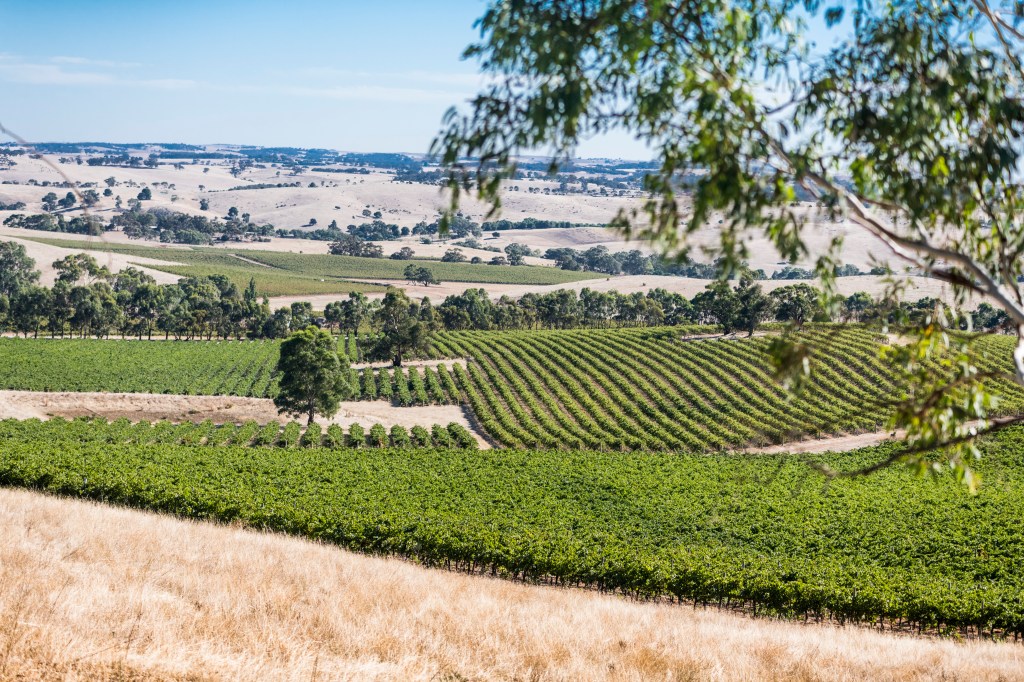
Hunter hit by hail and heat
In a vintage diary published by Bruce Tyrrell, the veteran winemaker outlined the weather stresses Tyrrell’s Wines had faced.
Writing on 20 January, Tyrrell said: “The only real problem we faced is that two weeks ago we had a hail storm go through the centre of the home vineyard and we probably lost five per cent of the crop, but some blocks in the direct path of the storm could be as high as a 25 per cent loss.”
At Tyrrell’s, this hail seems to have affected the harvest of the region’s flagship white grape, Semillon, with damage further exacerbated by a heat wave in mid-February
“We cleaned up the end of the Semillon for the year on Tuesday night with DeBeyers, and the younger vines on Johnno’s, picking just under six tonnes when it should have been twenty. It, of course, got the worst of the hail,” Tyrrell wrote.
“We have almost forgotten what 40 degrees is like as it is about five years since the temperatures have gone that high. However, the vines that have been hail effected are fairly delicate and we are testing all of those blocks.
“The vines with less leaf have got more concentration and we have already got some very good red in the fermenters. Flavours look good, the colour is very deep and they have got very good pH acid balance. We might be back to 2017/2018 type quality.”
Meanwhile, Chardonnay in the valley also showed very strongly, with Tyrrell writing: “If we don’t make a mess of it this will be one of the really good Chardonnay years.”
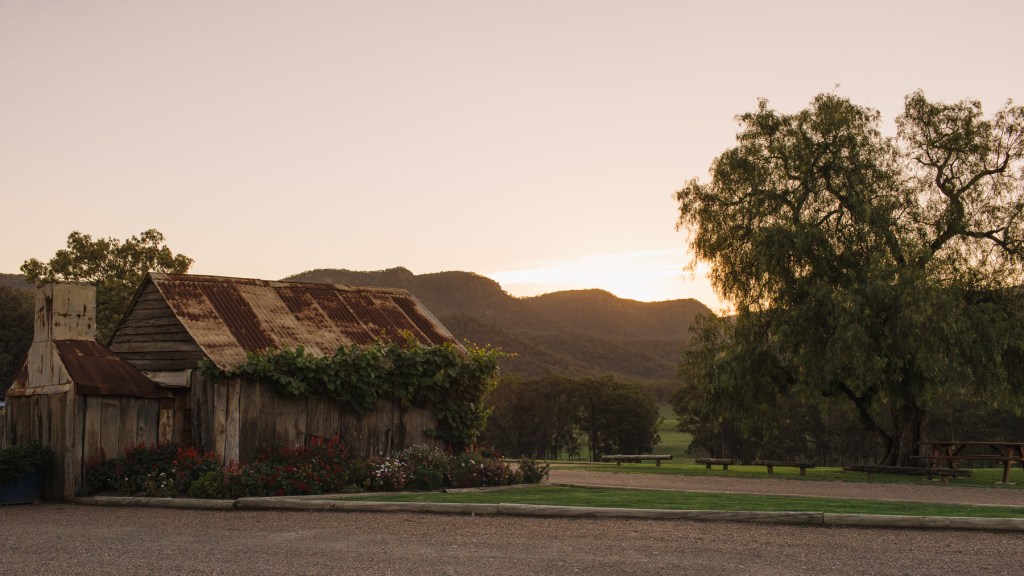
Wits tested in Australia’s most northerly wine region
Queenland’s Granite Belt also felt the impact of hail storms and disease, as Ian Dopson from Tobin Wines explains.
“Whilst 2023 was our largest yield ever, our wits, patience and spray program were continually challenged as disease pressure was high from flowering to harvest,” Dopson said.
“A hail storm on Valentines day took 30 per cent of our yield in 10 minutes, but the cool, overcast days, helped the fruit retain good pH and acid levels as it started to ripen.
“Apart from the poor fruit set in the Verdelho, we are incredibly happy with the whites, all six were harvested in the same week with flavours and ph being sound. The reds also received a slow ripening period with the constant rainfall up until mid December challenging us throughout.
“The Tempranillo fruit set was poor compared to previous years. However, our Merlot yield was our largest, with the Shiraz and Cabernet a touch down compared to 2022,” Dopson concluded.
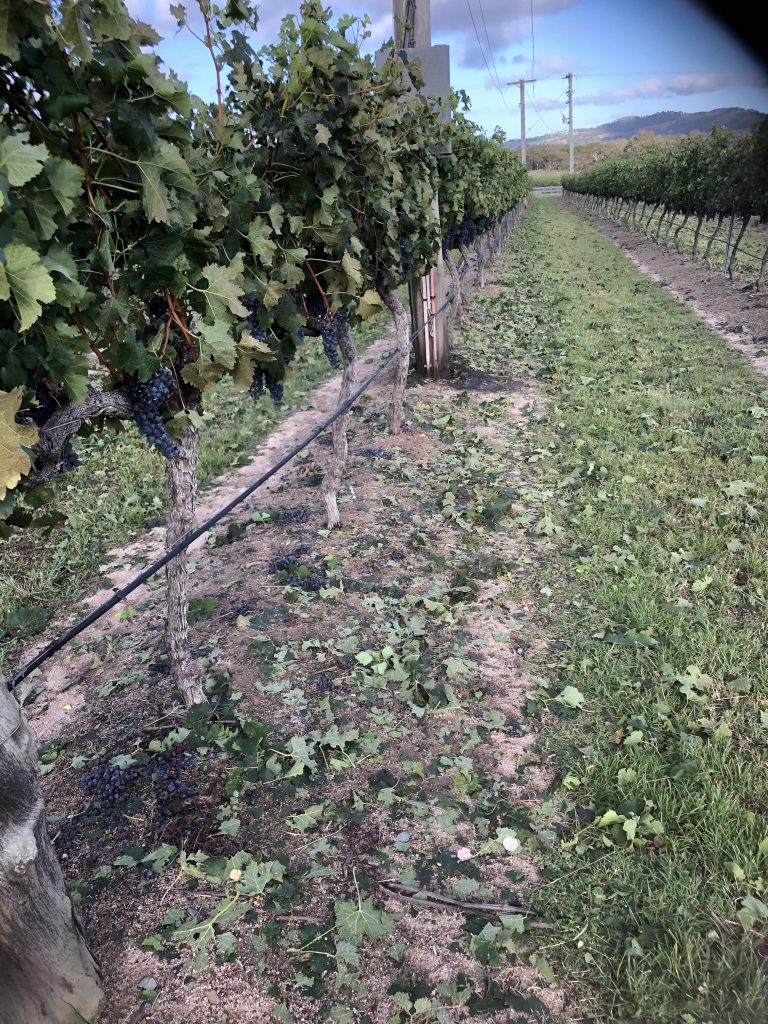
Tasmania sees lower yields, while WA starts slow too
Peter Caldwell, Vigneron and Winemaker at Dalrymple Vineyards in Tasmania, gave his perspective from the Apple Isle.
“Yields were down a bit, and the season was quite late, but flavours and ripeness were very good and weather stayed dry,” Caldwell said.
“Poor flowering resulted in low yields, but well coupled with a cooler summer and autumn. [There was] some rain but early enough not to be a concern.
“I think the wines will have brightness to them with great aromatic lift for Pinot Noir and natural acidity for aging. Chardonnays are well balanced with a purity of fruit and long finishes from long season.”
Western Australia’s Margaret River region shared many similar weather difficulties with its east coast counterparts.
Heather Fraser, Winemaker at Ringbolt, said: “Due to plentiful soil moisture and very good canopy growth on the vines, the grapes ripened slowly, with vintage starting a couple of weeks later than what we have seen in the last few seasons and extending well into April for the finish.
“Patience was the key to ensuring the grapes were harvested with flavour balanced by sugar and acidity.”
Margaret River’s Howard Park Wines Chief Winemaker, Nic Bowen, reflected positively on the 2023 harvest, and predicted great things from the eventual liquid.
“We started about mid-February, a week behind our normal schedule. We’ve now completed our picking, and the whites look incredible, especially chardonnay,” Bowen said.
“Our parcels from Allingham and Leston Vineyards look exceptional, which means we can take a more hands-off approach in the winery to allow the wine to almost make itself.”
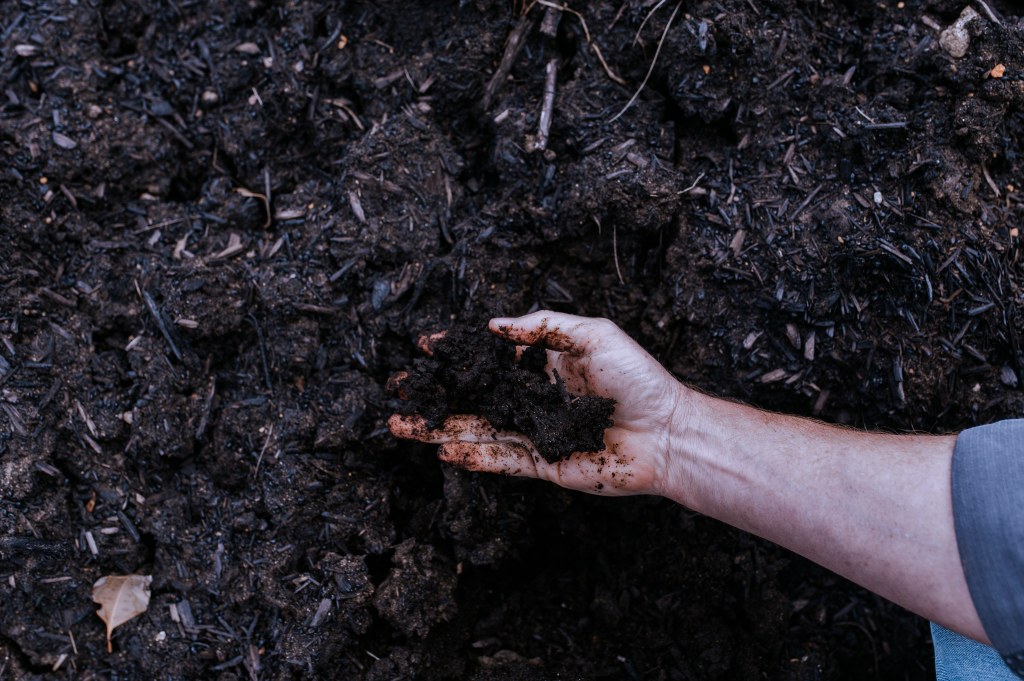
‘An outstanding year’
Across the board, expectation is high for what appears, from initial indicators, to be a vintage of superior quality.
“All varieties were generally outstanding,” Webber said.
“Chardonnay is similar to 2015 which was a great year. Lots of detail, fine, complex and minerally. Pinot Noirs are bright and highly perfumed. They are tucked away for winter and we are hoping they come out in spring ‘singing and dancing’. The aromatics of Pinot Gris and Riesling are very good. Gamay is one out of the box.
“It looks like a classic Yarra Cabernet year. We will make all of our Melba wines. The long spring/Indian summer developed very deep colours and flavours and fantastic tannin.”
After a myriad of weather challenges, Rose also believes 2023 vintage wines have the potential for high quality.
“The hard work that was needed in the vineyard this year has in most cases paid off; the long hang time has resulted in some exceptional flavours and structure. Natural acids were high, particularly in whites,” Rose said.
“Reds have intense, rich and balanced flavours and colours; whites have lovely aromatics, finesse and great natural acidity. The early standout is Cabernet.”
Kelly was likewise upbeat about the year’s potential, and said: “The wines from 2023 are already looking very good, with refined and aromatic whites with great natural acid and long, fine structure.
“Reds are slightly atypical with lifted perfume and spice, and perhaps a little more elegance but retained the warmth and depth that the Barossa does best.”
Due to the later ripening, Lowe believes we will see more fruit-driven wines from the vintage, saying early examples are “very primary, [with] cool climate undertones, very expressive varietal definition, rather than red wines from dry or drought years where varietal definition is frequently obscured.”
Swincer said there were promising signs across the Pernod Ricard Winemakers portfolio from a variety of regions.
“Our Jacob’s Creek Classic Riesling is fantastic, and the St Hugo Eden Valley Riesling encapsulates the regional character of Eden Valley, all the while being a true representation of Riesling whilst still reflecting the house style – it shows the dedication to the variety by Pernod Ricard Winemakers,” Swincer said.
“Pinot Grigio is looking lively and the base wines for sparkling have come up very well. Although it’s still early days on the red front, with fruit still on skins finishing fermentation, the Barossa as a region is looking solid and we have some lovely Shiraz and Cabernet from the Riverland that the team are excited to work with.”
Château Tanunda’s Senior Winemaker, Jeremy Ottawa, was extremely bullish about the vintage’s potential.
“2023 will be an outstanding year – fruit is coming in tight, small berries with concentrated flavours. Red wines from this year will have a driving style of vibrancy and freshness, which reflects the modern style coming from the region,” Ottawa commented.
And in the Hunter, producers are excited to see the potential unfold. Scarborough Wines’ viticulturist Liz Riley labelled 2023 as a “stunning vintage for both reds and whites” and Margan Wines’ Chief Winemaker, Andrew Margan, rated it “10 out of 10”. The region’s 2023 vintage will be celebrated at Hunter Valley Wine & Beer Festival on Saturday 24 June, 2023.

